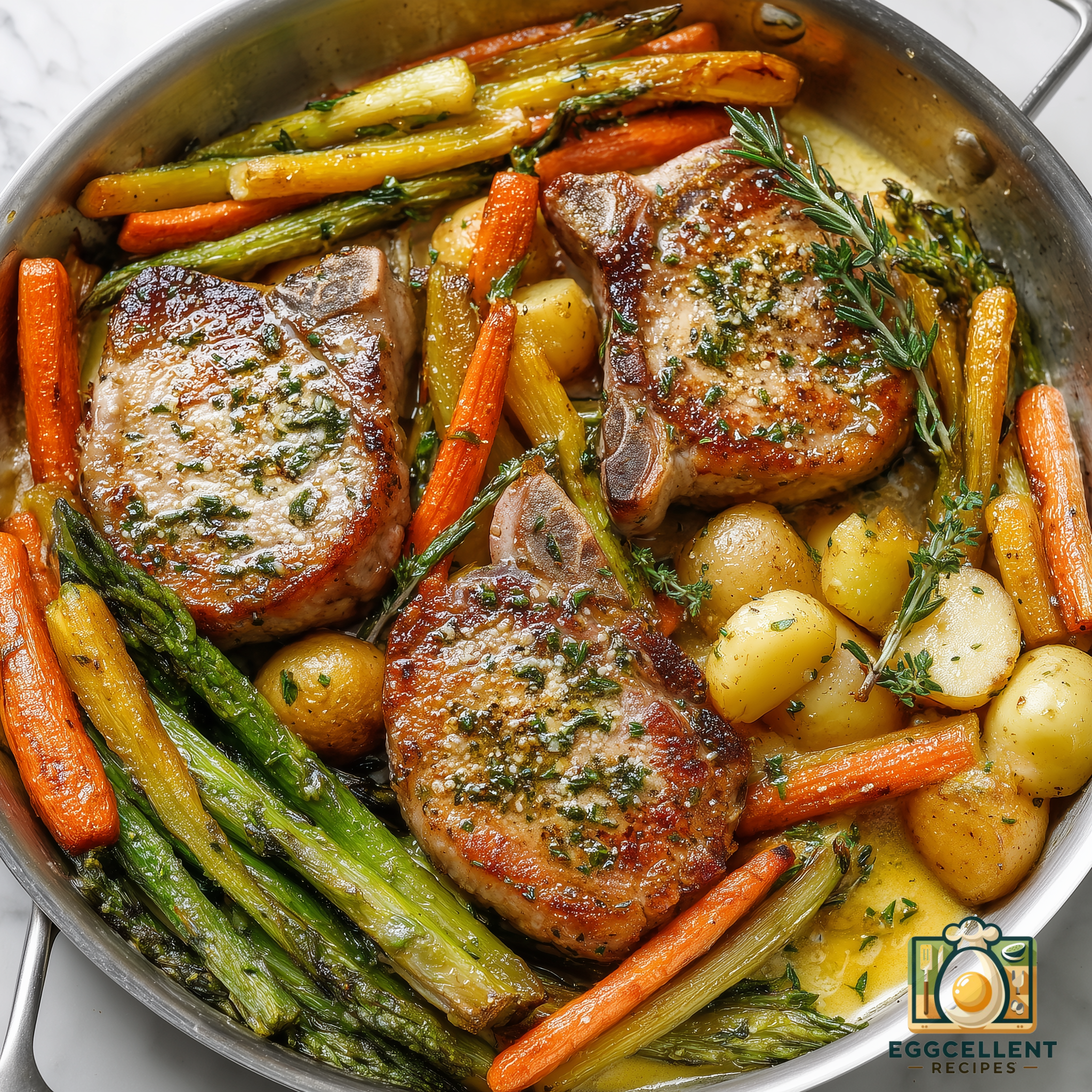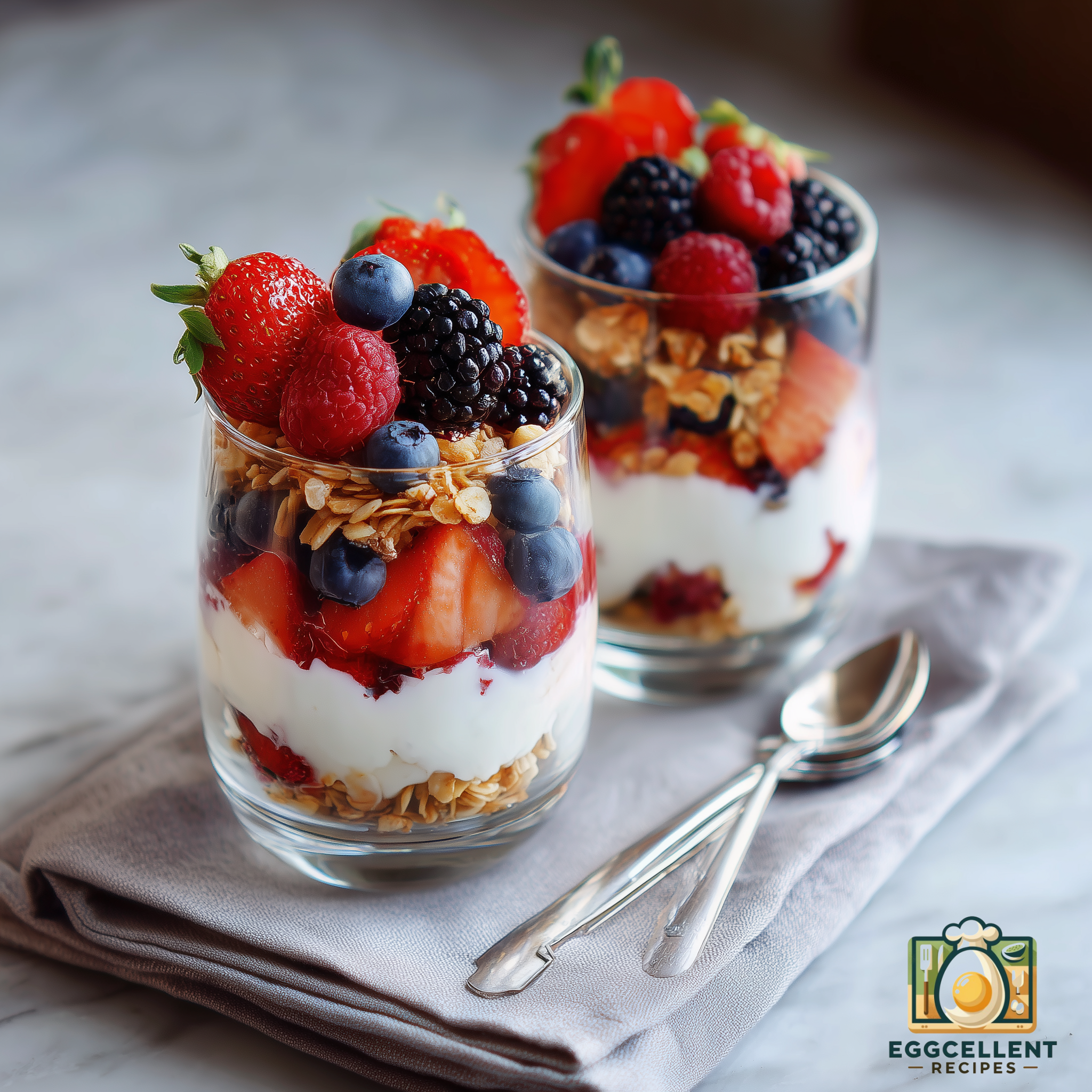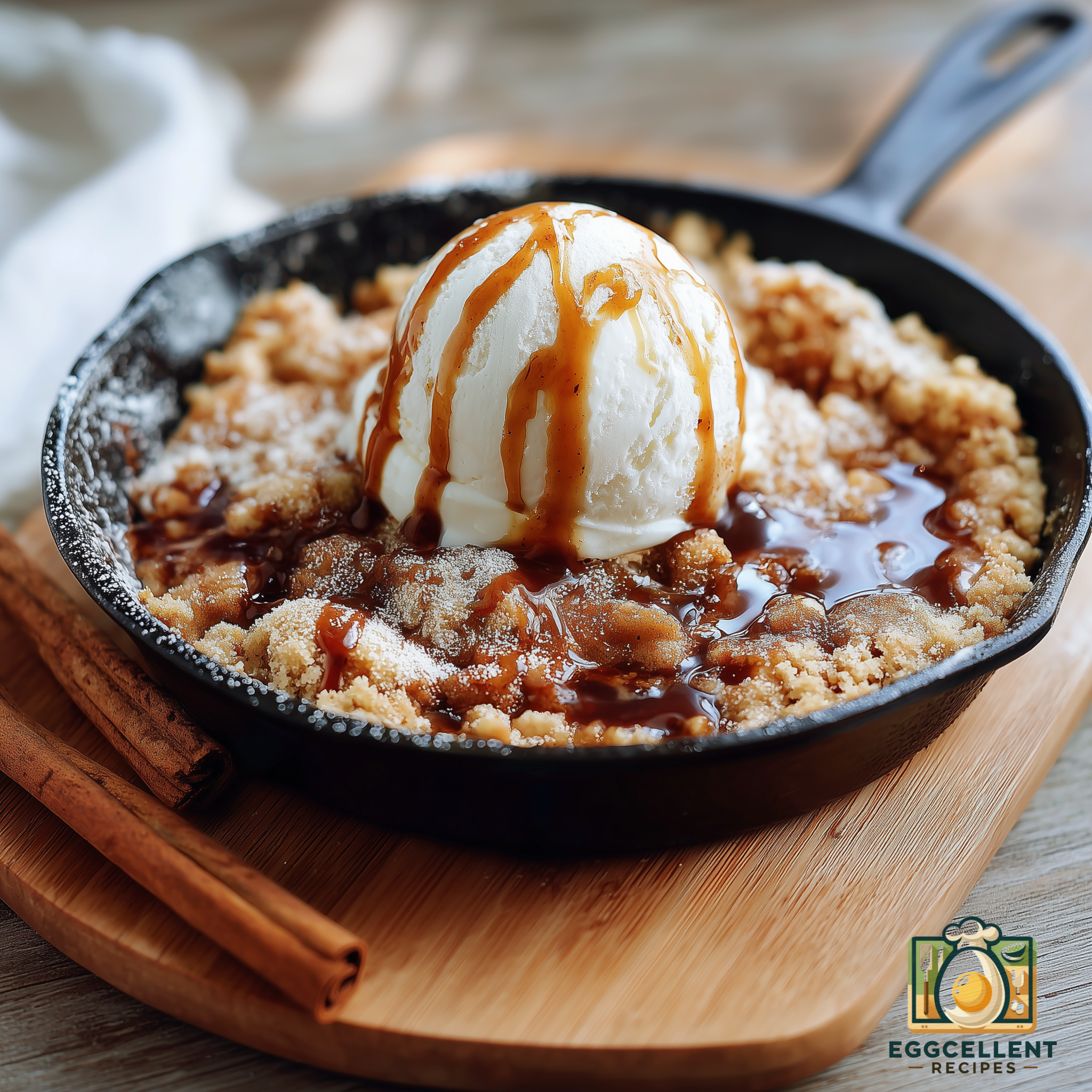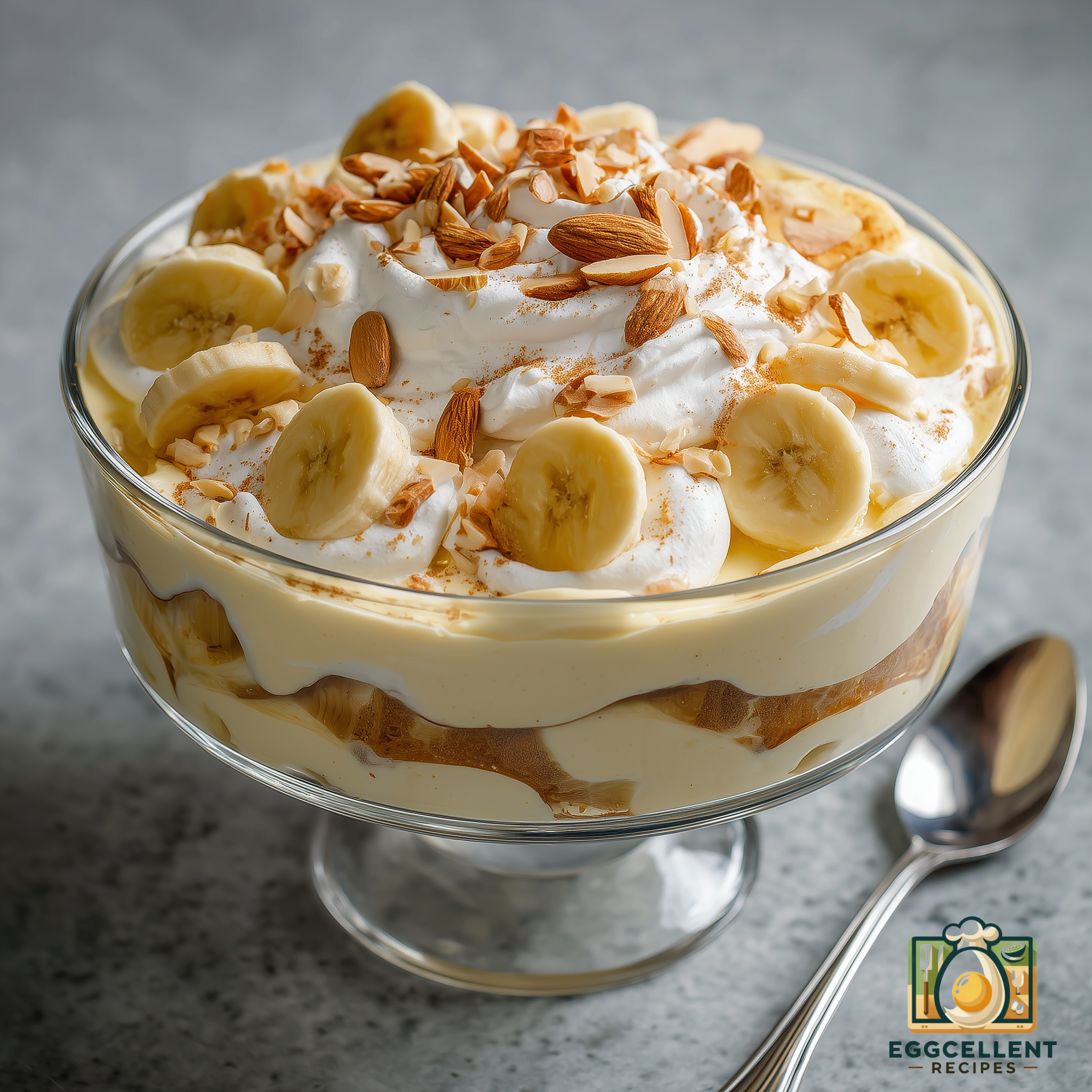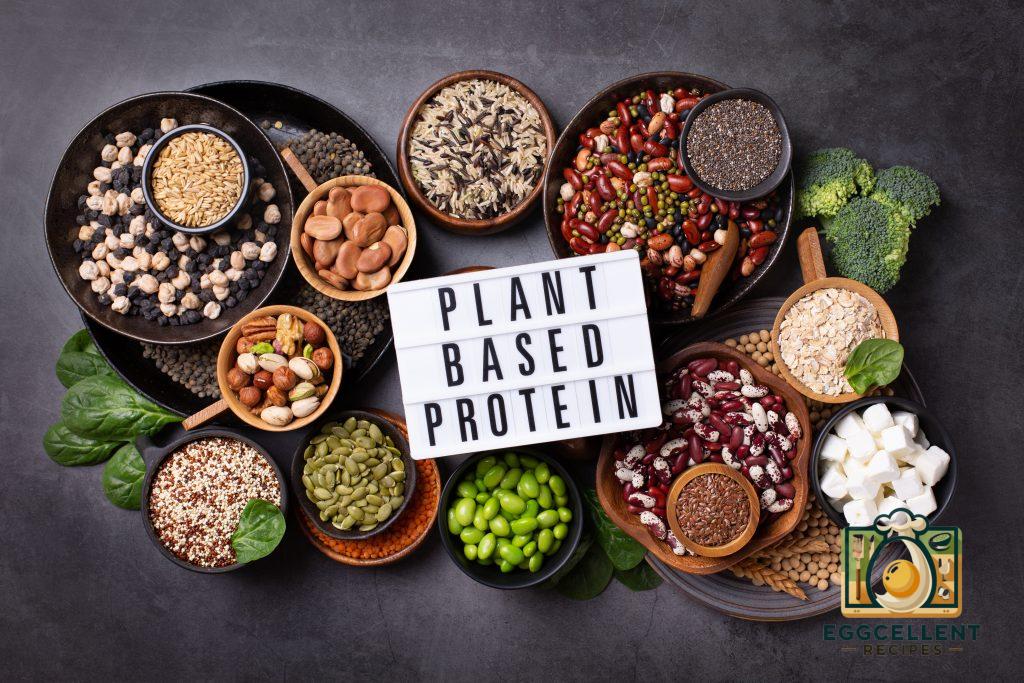
As more people embrace plant-based diets, the importance of finding high-quality protein sources is greater than ever. Protein is essential for building muscle, supporting immune health, and maintaining energy levels. While animal products are a common protein source, there are plenty of nutrient-dense plant-based options that can provide the same benefits. In this article, we’ll explore some of the best plant-based protein sources to incorporate into your diet for a balanced and nutritious lifestyle.
Why Choose Plant-Based Protein?
Plant-based protein sources offer numerous health benefits beyond protein. Many are rich in fiber, vitamins, minerals, and antioxidants, which support heart health, digestion, and overall wellness. Studies also suggest that a diet high in plant-based proteins may help lower cholesterol, reduce inflammation, and lower the risk of chronic diseases like diabetes and heart disease.
Whether you’re a full-time vegan, vegetarian, or just looking to add more plant-based meals to your routine, these protein-packed options can help meet your nutritional needs.
Top Plant-Based Protein Sources
Here’s a closer look at some of the most nutritious and protein-rich plant-based foods you can enjoy:
1. Lentils
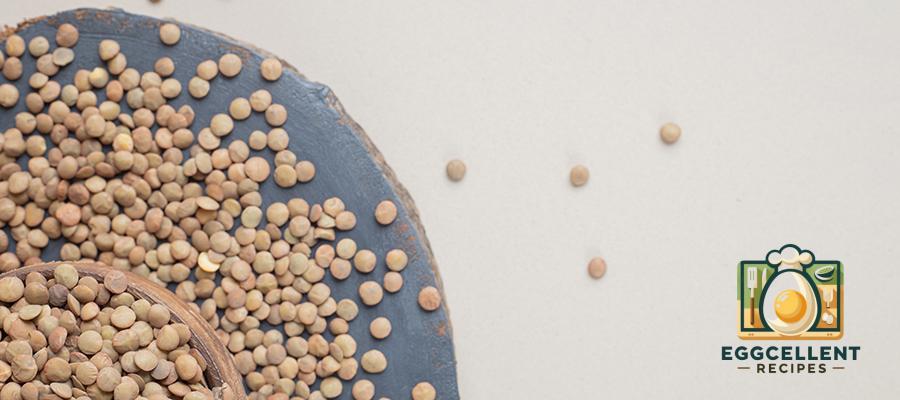
Lentils are a powerhouse of plant-based protein and fiber, with about 18 grams of protein per cooked cup. They’re also rich in iron, folate, and magnesium, making them an excellent choice for energy and supporting heart health.
- How to Use: Add lentils to soups, stews, salads, or use them in veggie burgers and protein-packed side dishes.
2. Chickpeas (Garbanzo Beans)
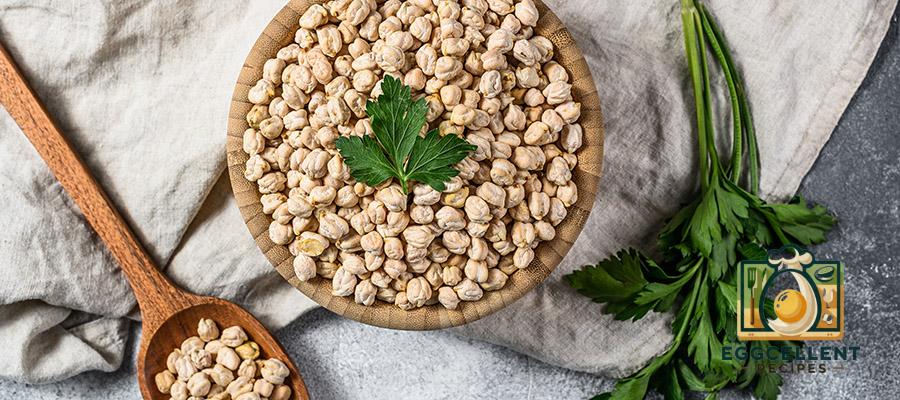
Chickpeas offer 15 grams of protein per cooked cup and are high in fiber, iron, and B vitamins. They’re also versatile, adding texture to a wide range of dishes.
- How to Use: Use chickpeas in salads, curries, or roast them for a crunchy snack. Chickpea flour can also be used for baking, and hummus is a delicious chickpea-based spread.
3. Quinoa
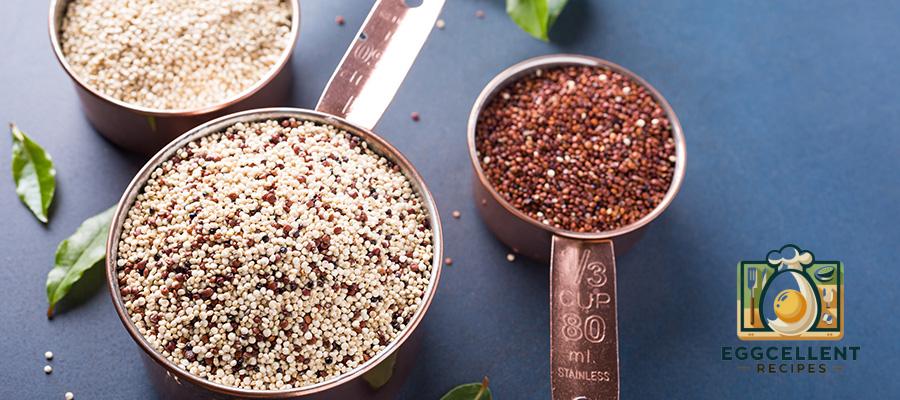
Quinoa is one of the few plant-based proteins considered a “complete protein,” containing all nine essential amino acids. With 8 grams of protein per cooked cup, quinoa is also rich in magnesium, iron, and fiber.
- How to Use: Substitute quinoa for rice in bowls, stir it into salads, or add it to soups. Quinoa also makes a great breakfast base with fruit and nuts.
4. Tofu
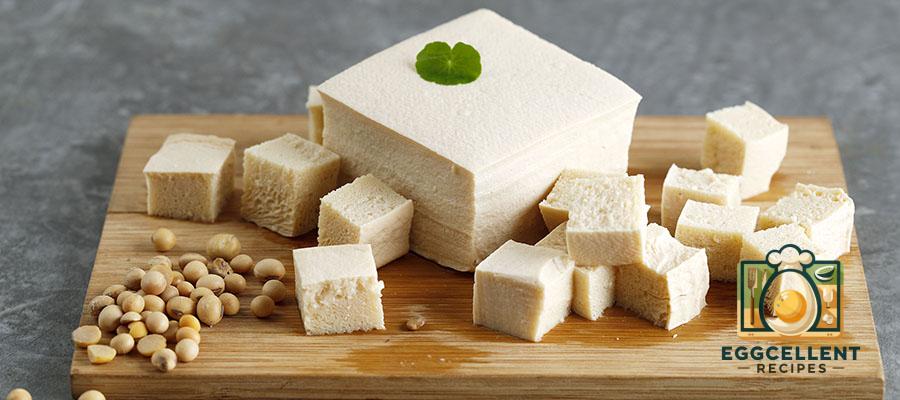
Made from soybeans, tofu is a highly versatile source of protein, offering about 10 grams of protein per half-cup serving. Tofu is a complete protein and can be used in both savory and sweet dishes.
- How to Use: Grill, bake, or stir-fry tofu, or use it in smoothies and desserts. It can take on flavors from marinades and seasonings, making it a great addition to various dishes.
5. Tempeh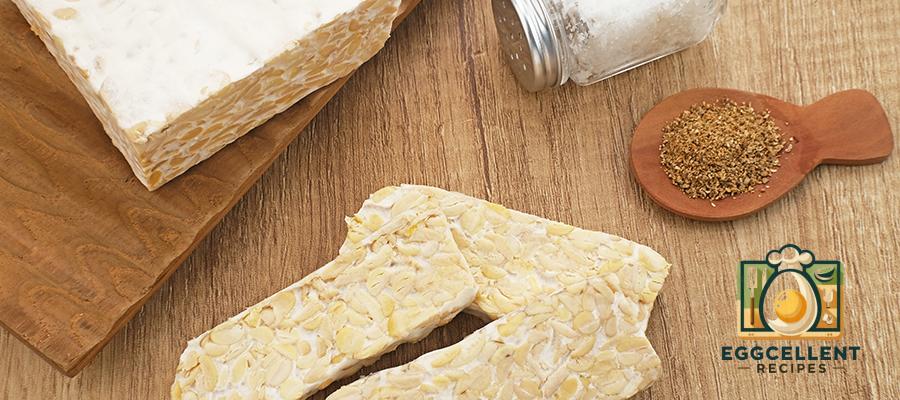
Tempeh is another soy-based protein, with about 15 grams of protein per half-cup. It’s also high in fiber, probiotics, and essential vitamins and minerals like magnesium and iron.
- How to Use: Slice and marinate tempeh, then grill or sauté it for salads, sandwiches, and stir-fries. Its firm texture makes it ideal for savory dishes.
6. Edamame
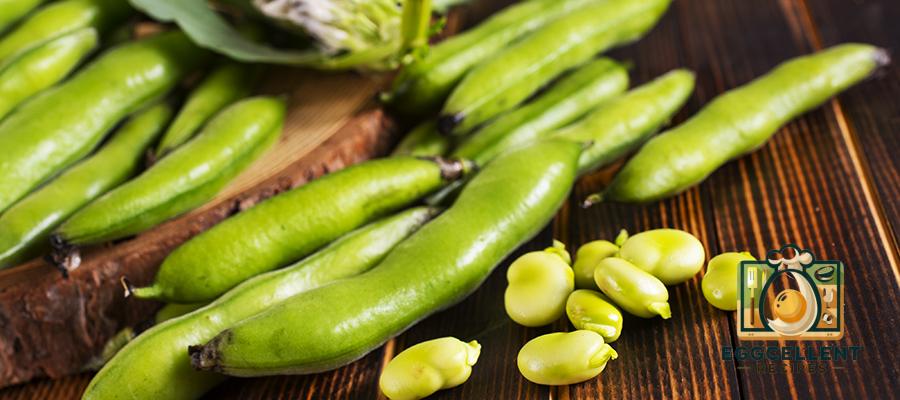
Edamame, or young soybeans, are packed with 17 grams of protein per cooked cup. They’re also an excellent source of iron, calcium, and folate, making them a balanced choice for plant-based eaters.
- How to Use: Enjoy edamame steamed as a snack, add it to salads, or mix it into grain bowls and stir-fries.
7. Hemp Seeds

Hemp seeds are rich in protein, providing 9 grams of protein per 3-tablespoon serving. They also contain healthy omega-3 and omega-6 fatty acids, making them beneficial for heart and brain health.
- How to Use: Sprinkle hemp seeds over oatmeal, smoothies, salads, or yogurt for an easy protein boost.
8. Chia Seeds
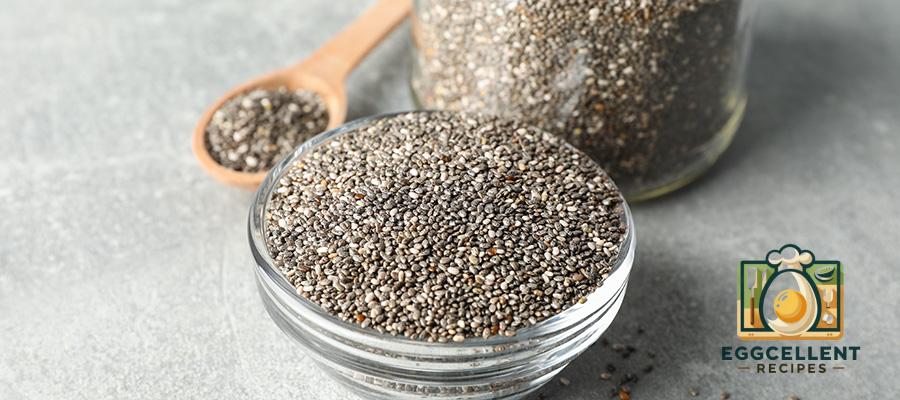
Chia seeds are tiny but mighty, offering 5 grams of protein per 2-tablespoon serving. They are also high in fiber and omega-3 fatty acids, which support heart health and digestion.
- How to Use: Mix chia seeds into smoothies, yogurt, or oatmeal. They can also be used to make chia pudding, a protein-packed snack or dessert.
9. Black Beans
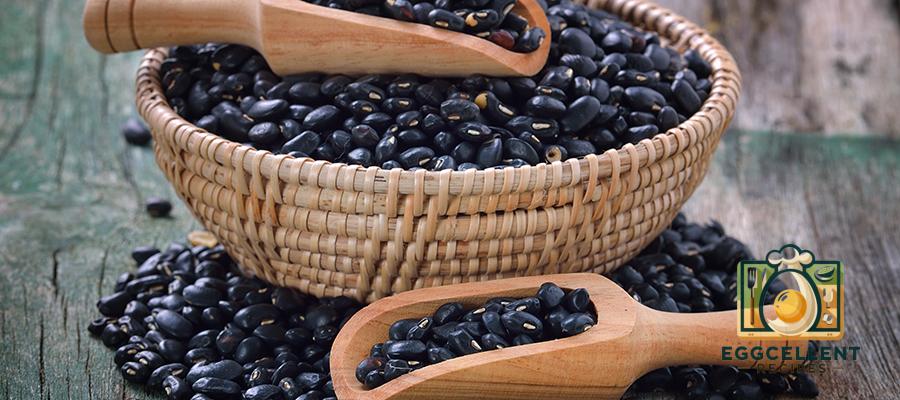
Black beans provide about 15 grams of protein per cooked cup and are a great source of fiber, folate, and iron. They’re filling, versatile, and budget-friendly.
- How to Use: Use black beans in tacos, burritos, soups, and salads, or blend them into a creamy dip or spread.
10. Nutritional Yeast
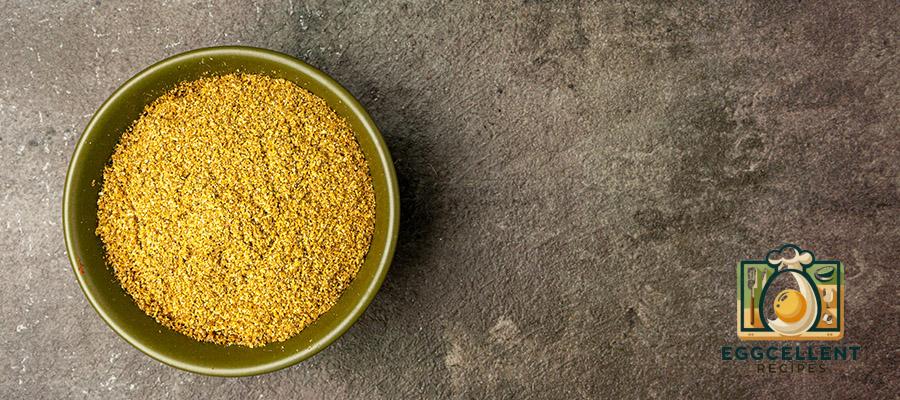
Nutritional yeast is a deactivated yeast with a cheesy flavor and 8 grams of protein per 2 tablespoons. It’s also rich in B vitamins, particularly B12, which is essential for those on a vegan diet.
- How to Use: Sprinkle nutritional yeast on popcorn, pasta, and vegetables, or use it in sauces and dips for a cheesy flavor.
11. Peas
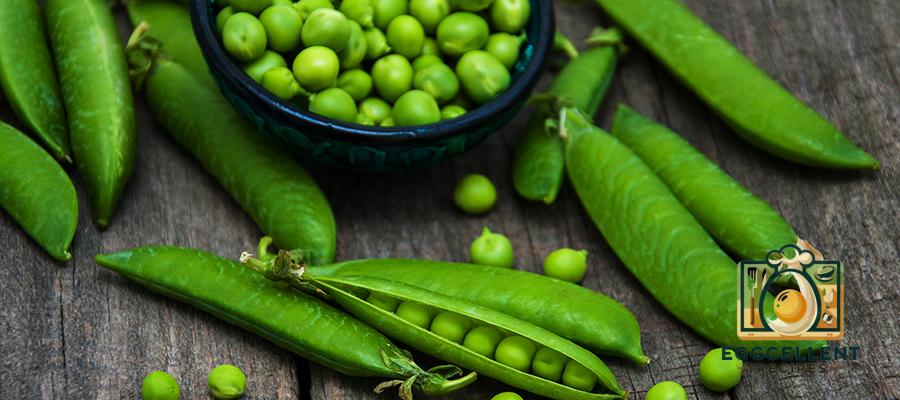
Peas are an excellent source of protein, providing 8 grams per cooked cup. They’re also high in fiber, vitamin C, and several B vitamins.
- How to Use: Add peas to soups, stews, and stir-fries, or use them in pasta dishes for extra protein.
12. Spirulina
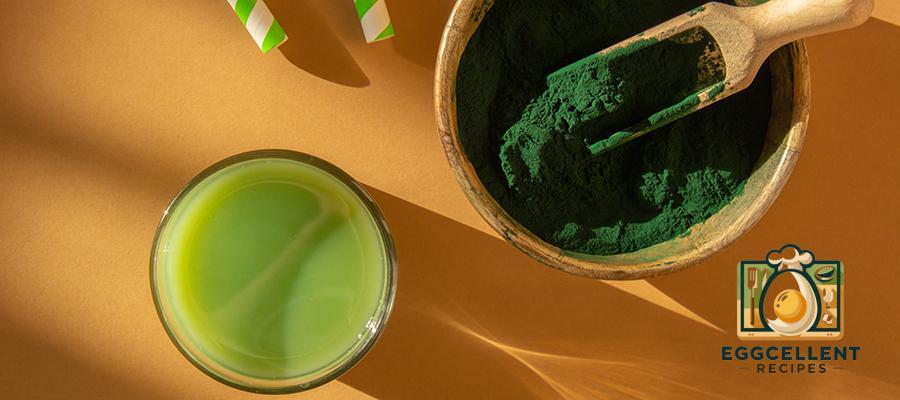
Spirulina is a blue-green algae that packs 4 grams of protein per tablespoon. It’s also loaded with iron, copper, and several antioxidants, making it a powerful superfood.
- How to Use: Add spirulina powder to smoothies, juices, or sprinkle it into salad dressings for a nutrient boost.
13. Amaranth
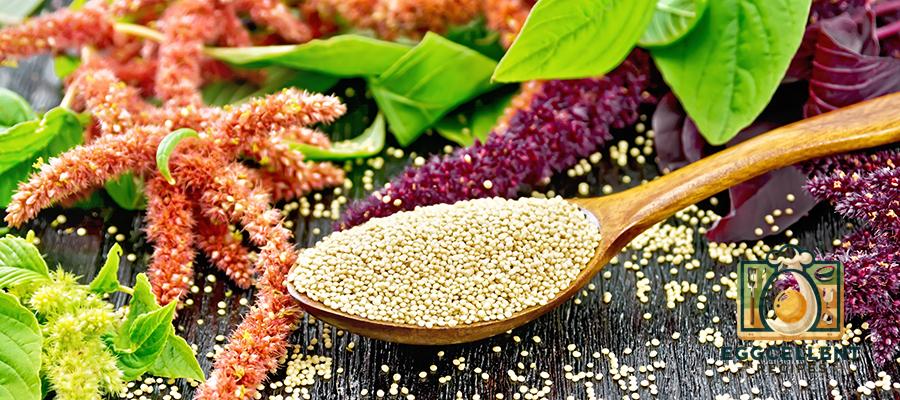
Amaranth, like quinoa, is a complete protein with about 9 grams of protein per cooked cup. It’s high in iron, magnesium, and fiber, and its nutty flavor pairs well with savory dishes.
- How to Use: Use amaranth as a base for grain bowls, in porridge, or as a side dish similar to rice or quinoa.
14. Pumpkin Seeds
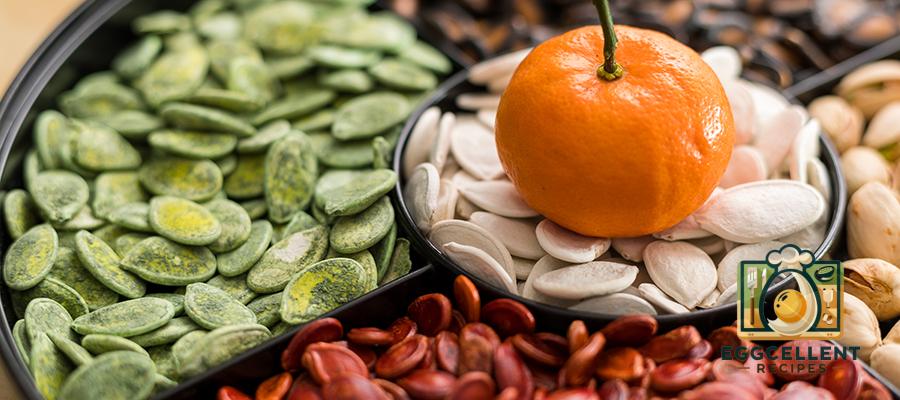
Pumpkin seeds contain 7 grams of protein per ounce and are rich in magnesium, zinc, and healthy fats, making them a great addition to a balanced plant-based diet.
- How to Use: Sprinkle pumpkin seeds over salads, blend them into pesto, or enjoy them as a crunchy snack.
Tips for Getting Enough Plant-Based Protein
While there are many excellent plant-based protein sources, here are a few tips for meeting your protein needs on a plant-based diet:
- Combine Protein Sources: Some plant-based proteins are incomplete, meaning they lack one or more essential amino acids. Pairing foods like rice and beans or whole grains with nuts and seeds can provide a complete amino acid profile.
- Plan Protein-Rich Meals: Aim to include a source of protein with every meal to ensure you’re meeting your daily needs.
- Experiment with New Ingredients: Incorporating a variety of foods like tempeh, quinoa, chia seeds, and nutritional yeast can add diversity to your diet while increasing protein intake.
- Snack Smartly: Keep protein-rich snacks like almonds, pumpkin seeds, or roasted chickpeas on hand to boost your protein intake throughout the day.
Final Thoughts
Eating a plant-based diet doesn’t mean sacrificing protein. With the right foods, you can easily meet your protein needs while enjoying a wide range of health benefits. From legumes like lentils and chickpeas to nutrient-dense seeds like chia and hemp, these plant-based proteins are versatile, delicious, and packed with essential nutrients.
Incorporate these protein sources into your meals and snacks for a balanced, nourishing diet that supports muscle growth, energy, and overall health. Whether you’re fully plant-based or simply trying to eat more plants, these protein-packed options make it easy to achieve your nutrition goals naturally.

